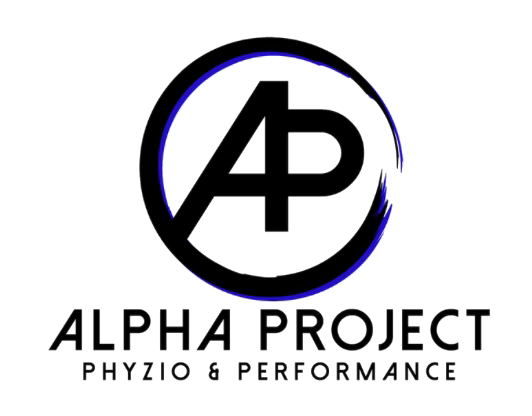Why Upper Body Exercises Are Important for Runners
You may think, “running is all lower body, right”? Wrong! The upper body plays a crucial role in supporting and propelling your movement. Strong arms, shoulders, and core help maintain proper form, improve efficiency, and reduce fatigue on long runs.
Keep reading to learn more about why upper body exercises are important for runners, and 3 exercises to integrate into your routine.
Why Runners Shouldn’t Overlook Upper Body Exercises
Why should runners care about their upper body? The short answer is, your upper body can directly impact your running form.
Runners need strong shoulders, back, and core to maintain proper posture and efficient arm swing, both of which can impact their running form.
Posture
During long and difficult runs, upper-body strength helps reduce fatigue. As runners get tired, we tend to do things like slouch. When your shoulders, back, or core are weak, you’re more likely to slouch or lean forward as fatigue sets in. This shifts your running mechanics, placing extra stress on joints, muscles, and tendons—especially in the lower back, shoulders, and neck.
Arm Swing
Weak arms and shoulders can’t maintain an effective arm swing. Since your arms help drive your legs, this can lead to overcompensation by your legs, decreasing running economy, and increasing the risk of overuse injuries like shin splints or runner’s knee.
Core Stability
A weak core can cause rotational instability in the torso, which forces the legs and hips to absorb more strain than they’re meant to handle, raising the likelihood of strains or joint pain.
Neglecting upper body strength doesn’t just affect speed or endurance—it can create mechanical inefficiencies that make injury more likely over time.
3 Absolute-Must Upper Body Exercises:
Add these 3 exercises to your workout routine in order to see progress with your running performance:
Bent Over Row
This exercise is essential for runners because it strengthens the upper back, lats, and rear shoulders, which help maintain good posture and arm drive while running. Keeping your back flat and core engaged ensures proper form and reduces the risk of injury. Gradually increasing weight or resistance helps build strength and endurance critical for long-distance running.
Shoulder W
The Shoulder W is key for runners as it targets the rear delts and upper back, improving shoulder stability and posture to support efficient arm swing. It helps counteract the rounded shoulders that can develop from fatigue or poor running form. Perform slowly and with control to maximize engagement and prevent strain.
Shoulder T
The Shoulder T is an essential exercise for runners because it strengthens the upper back and posterior delts, supporting better posture and reducing shoulder fatigue during runs. Strong posterior muscles also balance the chest and front shoulder muscles, promoting overall running efficiency. Maintain proper form and squeeze the shoulder blades together at the top of the movement for maximum benefit.
Stay Strong, Run Strong
Incorporating upper body exercises into your running routine isn’t just about building muscle—it’s about protecting your body and improving performance. Strong shoulders, back, and core help maintain proper posture, efficient arm swing, and overall stability, all of which reduce your risk of injury and keep you running longer, faster, and more comfortably.
If you’re experiencing pain, fatigue, or recurring injuries, our physical therapy team can design a personalized program to strengthen your upper body, correct imbalances, and support your running goals. Don’t let preventable weaknesses slow you down—schedule a consultation today and take the next step toward safer, stronger running.
Alpha Project Phyzio provides physical therapy for runners to move better, recover smarter, and reach their personal best. We have three convenient locations in Frederick, Columbia, and Gaithersburg.

